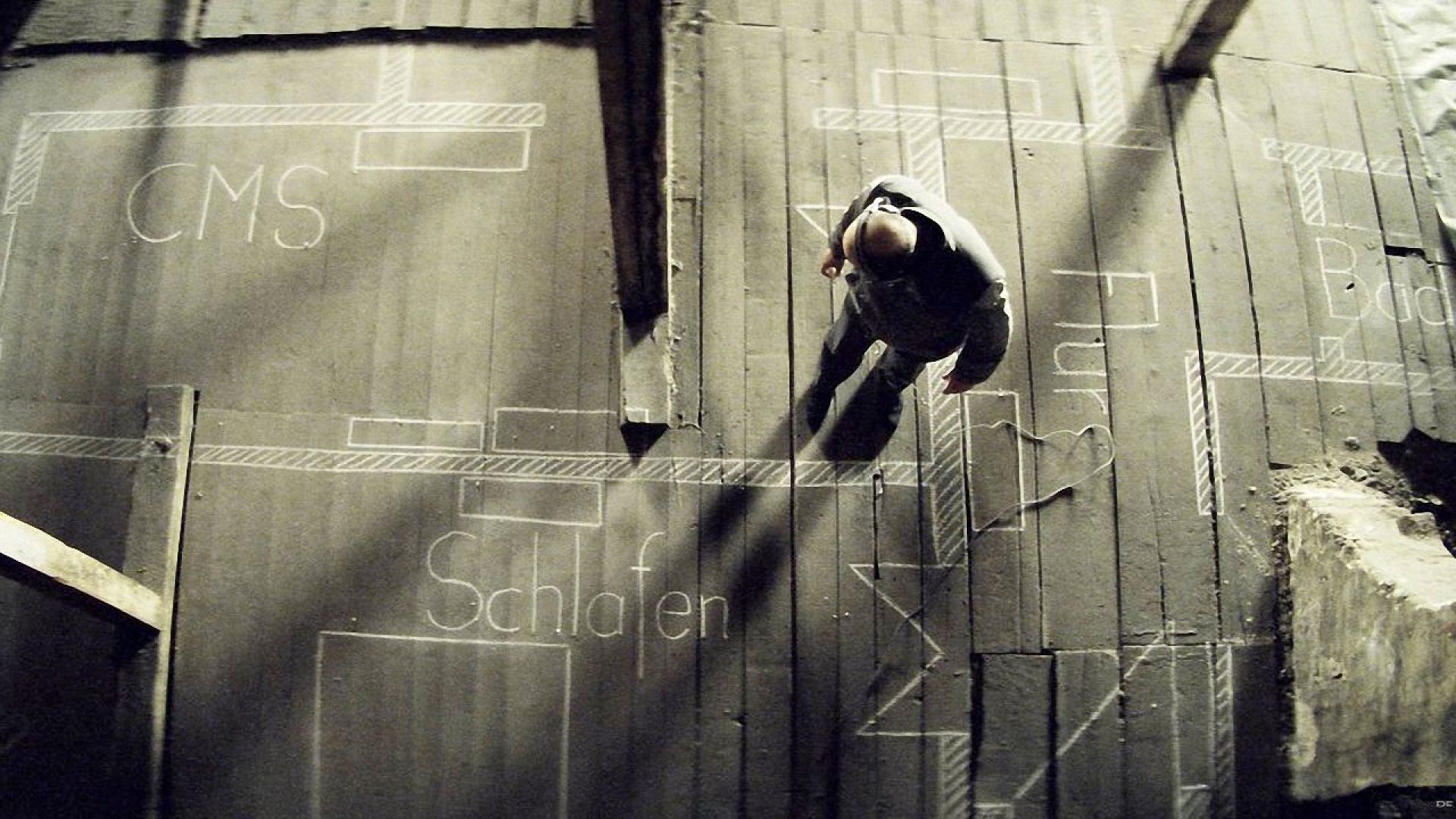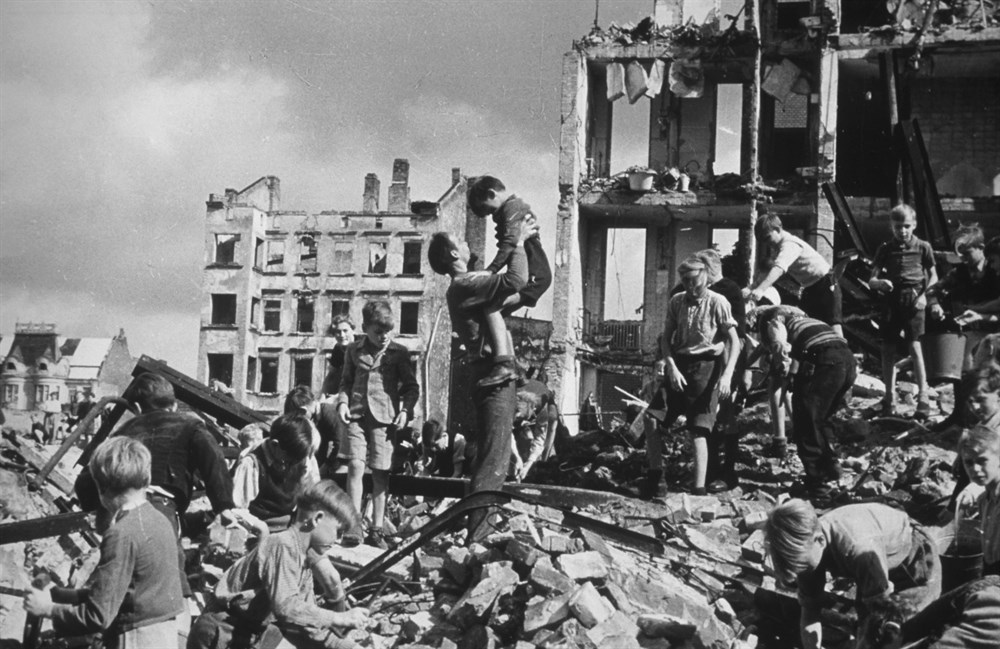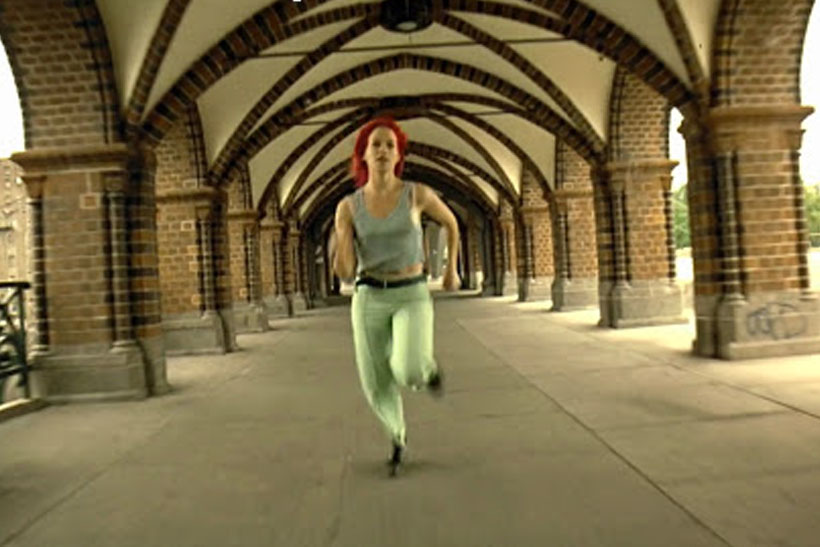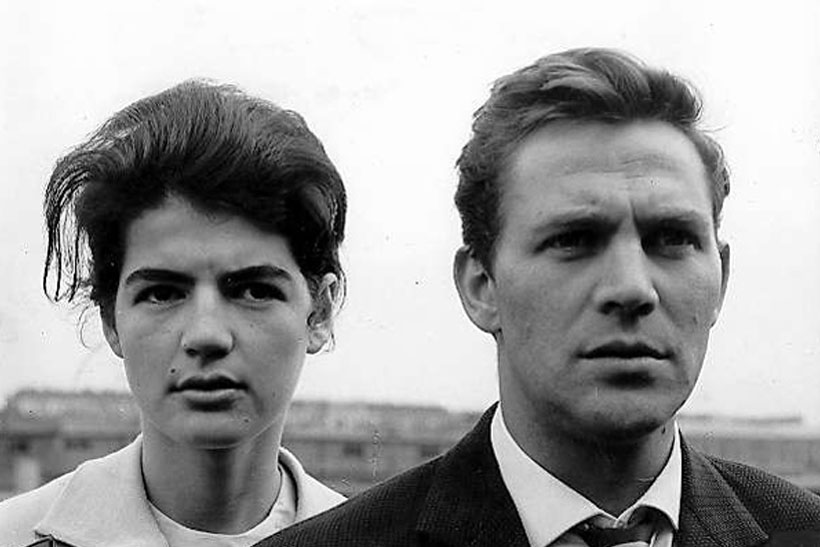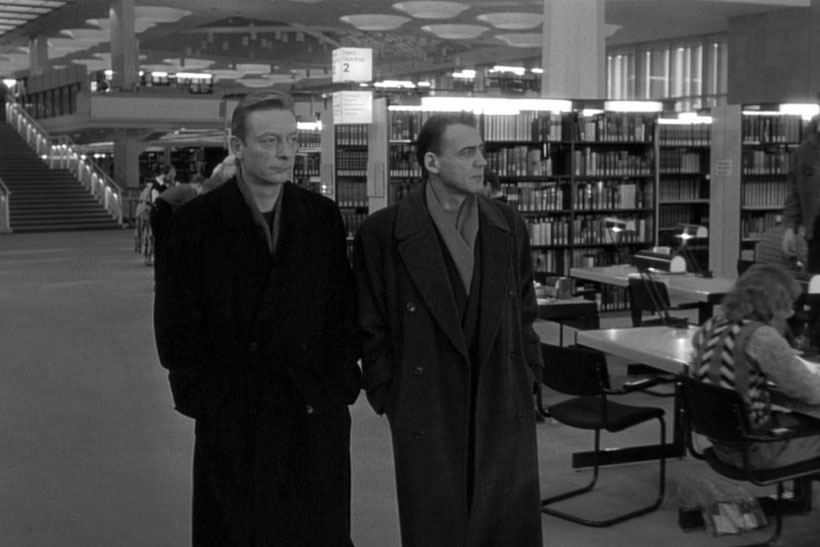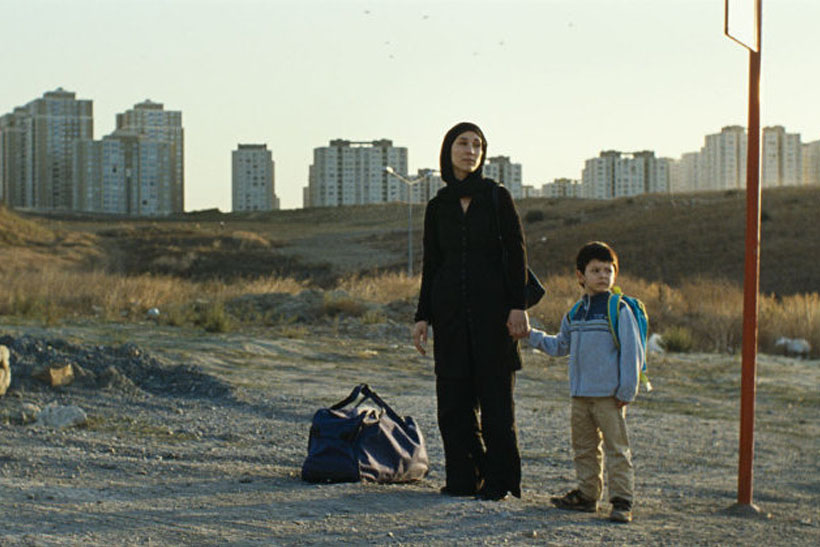Selected Topics in Architectural History and Theory: Berlin - A City in Film
ARC3321H S
Instructor: Peter Sealy
Meeting Section: L9101
Synchronous
Wednesday, 10:00am - 12:00pm
Berlin’s reputation as a locus of modernity is inextricably linked with its history as a site for film production. Through films, Berlin has projected a multivalent series of urban images to global audiences, creating its own “analogous city” (to borrow Aldo Rossi’s phrase), no less real than the actual material artefact to which they are indexically linked. Through the 20th century and now in the 21st, the architectonic potential and spatial conflicts latent within this paradigmatic Großstadt (metropolis) have been laid bare in the massive number of films set and produced in Berlin. Once divided and now reunified, the city and its buildings are the main character in films ranging from the darkness of Fritz Lang’s M (1931), to the drug-addled dystopia of Christiane F. (Uli Edel, 1981), and the poignant spirituality of Wim Wenders’ Wings of Desire (1987). While offering valuable representations, these films also serve as generators of an urbanity which is then re-inscribed into the city through architectural and urban projects. From the mietskasernen and the plattenbauten, via the totemic ruin of the Kaiser Wilhelm Memorial Church and the panoptic view from the Europa-Center, to the broad expanses of the Karl-Marx-Allee and the tragic wound of the Wall, Berlin regenerates itself through film.
The seminar will be structured around a series of weekly discussions, which will be held virtually. In preparation for these, students will watch assigned films (which will be made available for online streaming) as well as a recording of a short lecture by Professor Sealy. Students will also read significant texts from architectural, urban, and film history in preparation for these discussions.
In addition to those mentioned above, films to be watched include Germany, Year Zero (Roberto Rosselini, 1948), Berlin--Schönhauser Corner (Gerhard Klein, 1957), A Dandy in Aspic (Anthony Mann, 1968), Die Legende von Paul und Paula (Heiner Carow, 1973), Die Architekten (Peter Kahane, 1990), Good Bye! Lenin (Wolfgang Becker, 2003), The Lives of Others (Florian Henckel von Donnersmarck, 2006), and When We Leave (Feo Aladag, 2010).
Seminar participants will complete six weekly responses, each 500 words in length and illustrated with film stills and other images. Each response will be worth 1/6th of the final grade for the course. Students will use these responses to reflect upon themes raised in the screened films and readings.
Images. 1. The Lives of Others 2. Germany, Year Zero 3. Run Lola Run 4. And Your Love Too 5. Christiane F 6. Wings of Desire 7. When We Leave Video: Good Bye, Lenin!
Video. Good Bye, Lenin!


